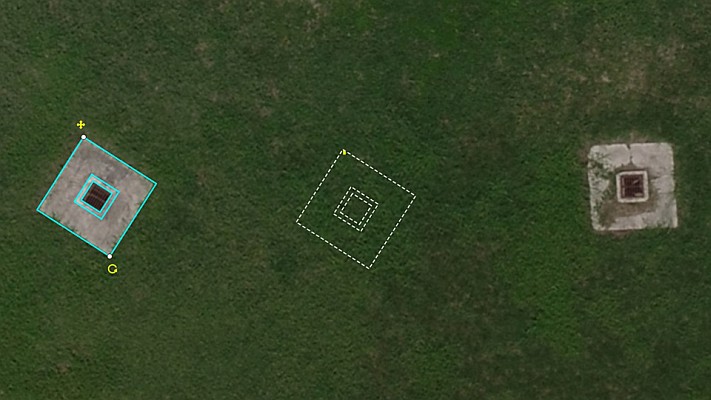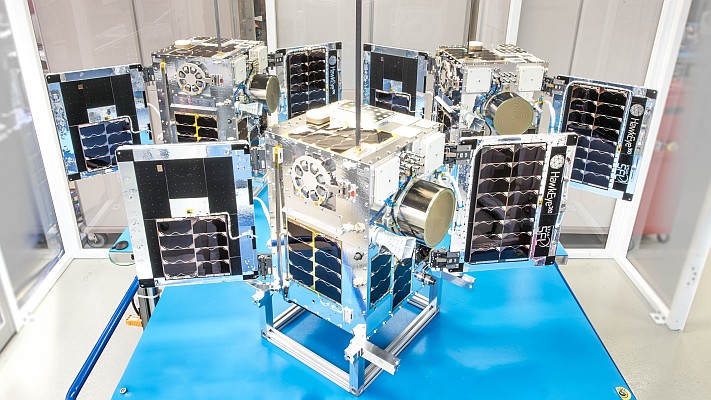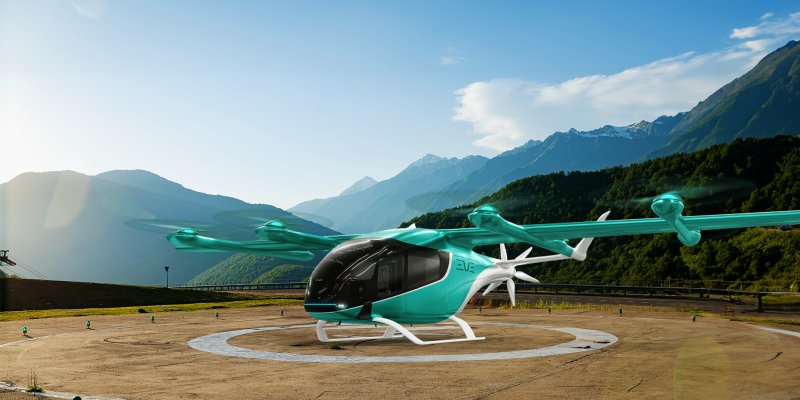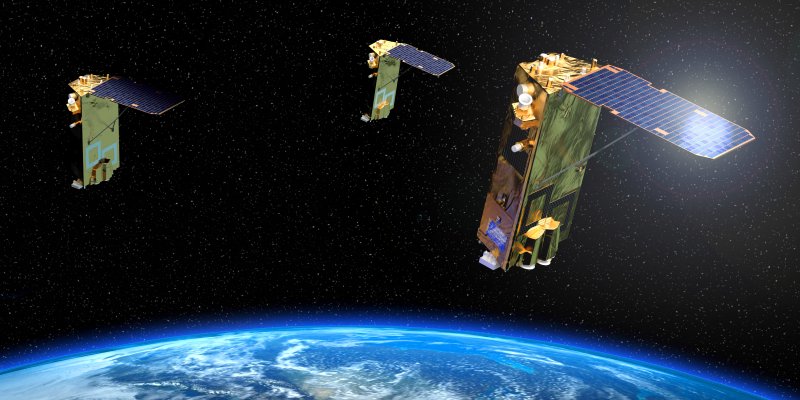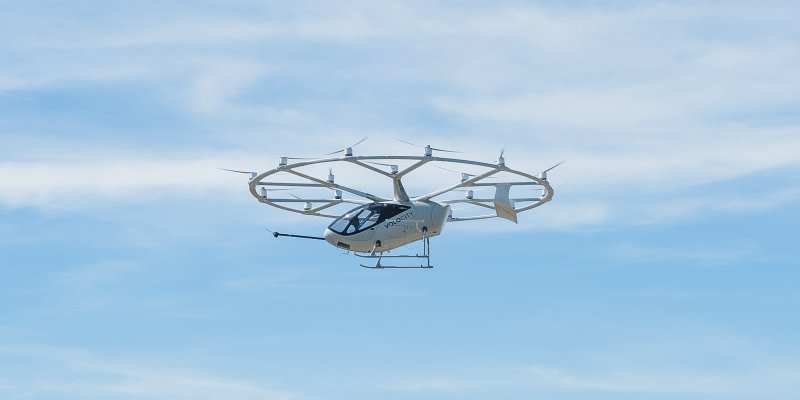Deimos Space of Spain and Urthecast Corp. of Canada announced a strategic partnership in which Urthecast will purchase Deimos Space’s fast-growing Deimos Imaging division and its two satellites, Deimos-1 and Deimos-2 — both in orbit — for 74.2 million euros ($84.5 million), or about twice the division’s forecasted 2015 revenue.

Madrid-based Deimos will remain the provider of ground systems for the Deimos satellites and for UrtheCast’s planned constellation of eight optical and eight radar satellites, for which Deimos will also perform integration of the radar payload, constellation flight dynamics and mission control.
Deimos’ parent company, Elecnor of Madrid, said June 23 that the proceeds from the sale would be reinvested into Deimos Space, which now will focus on engineering and product development rather than satellite operations.
Deimos Space notably is designing a third satellite with a planned ground resolution of 30 centimeters. That ground sampling distance has become a target for many Earth observation programs around the world since the U.S. government’s agreement to permit commercial provider DigitalGlobe of Longmont, Colorado, to offer that image sharpness through the WorldView-3 satellite.
Vancouver, British Columbia-based UrtheCast is a start-up company that has struggled to enter the commercial market through cameras aboard the international space station, which operates at 400 kilometers in altitude with a 56-degree inclination relative to the equator, meaning the UrtheCast imagers can take images and videos between 56 degrees north and 56 degrees south latitude.
UrtheCast, which is traded on the Toronto Stock Exchange, did not reach revenue-generating status until late 2014 and reported 3 million Canadian dollars in revenue for the three months ending March 31.
But the company, which has an Earth-facing high-resolution video camera on the International Space Station, has announced multiple contracts for its high-resolution imagers and with the Deimos Imaging purchase has given itself what appears to be an asset that will be an immediate addition to revenue.
Miguel Bello Mora, managing director of Deimos Space, said Deimos Imaging reported revenue of about 5 million euros ($5.7 million at current exchange rates) in revenue in 2014 from its medium-resolution Deimos-1 satellite, launched in 2009.
Deimos recently performed a health check on Deimos-1, whose formal end-of-life date was in 2014, and concluded that its current health will enable it to operate until 2020. Bello said that despite its age and its relatively low resolution – 22 meters – Deimos-1 will generate around 8 million euros of revenue in 2015, a record sales year for the satellite.
Key Deimos contracts include agreements with the 22-nation European Space Agency to supply imagery for the European Commission’s Copernicus environment-monitoring system, a contract that Deimos said is valued at 20 million euros over five years, with options for another 14 million euros during the period. The company also does a regular business selling Deimos-1’s wide-swath imagery — 250 kilometers — to the U.S. Department of Agriculture.
Deimos-2, launched in 2014 and recently declared ready for operations, is Deimos Imaging’s key revenue asset in the coming years. With a 75-centimeter resolution and a 12- to 24-kilometer swath width, the satellite has access to a much larger market.
In a June 23 interview, Bello said his company originally had forecasted 15 million euros in Deimos-2 revenue this year, but that recent contracts with an unnamed North African nation (11 million euros over five years), and with the governments of Vietnam and Thailand are expected double that figure, to 30 million euros.
The rest of Deimos Space, whose workforce totals around 350 people not including the 50 Deimos Imaging employees that will transfer to Urthecast, is expected to report around 35 million in revenue in 2015, Bello said.
In filings to the Toronto Stock Exchange, UrtheCast said it would finance the acquisition with a combination of debt and new equity.
The company said an unidentified “global alternative investment management organization” had committed to providing a five-year, 37.5-million-euro loan carrying an annual interest rate of 10.25 percent, rising to 11.25 percent if UrtheCast elects to repay up to 3 percent of the interest in the form of additions to the 37.5-million-euro principal.
The remaining 50 percent — 50 million Canadian dollars ($41.8 million) — of the Deimos Imaging purchase will be financed by newly issued shares to a unit of Raymond James investment advisers, which is the lead investment underwriter for the transaction.
UrtheCast said Raymond James had signed a “bought deal” arrangement, meaning it had committed to purchasing the shares, valued at four Canadian dollars apiece.
The Raymond James transaction is expected to close July 7. UrtheCast and Deimos said the sale of Deimos Imaging should close by Aug. 21. In a June 22 conference call with investors, UrtheCast Strategy and Corporate Finance Director Jeff Rath said that no UrtheCast managers were expected to purchase new equity alongside the Raymond James transaction.
Rath said there are no regulatory approvals needed for the Deimos purchase to conclude.
“We look at this as a partnership in which we focus on engineering and not on operations,” Bello said. “We are definitely not leaving this business. We think this is a good opportunity for our company to grow. UrtheCast’s Web platform will benefit from the Deimos archive and from our two satellites, and from the PanGeo Alliance.”
The PanGeo Alliance is a grouping of relatively small companies with their own Earth observation satellites that agree to share resources to expand their commercial reach by cross-selling their capacity. It has been described as similar to an airline alliance.
In addition to Deimos, the PanGeo Alliance includes the Mohammed Bin Rashid Space Centre of the United Arab Emirates, Dauria Aerospace of Russia and the United States, and Beijing Space Eye Innovation Technology of China. Nine satellites are currently in the PanGeo Alliance portfolio, with more on the way.
UrtheCast’s Rath said no agreement has yet been secured with the PanGeo Alliance partners, but that adding their imagery into the UrtheCast Web platform will be an objective once the transaction closes.
In its investor presentation, UrtheCast said the company’s ambition is to offer a lower-cost alternative to Earth observation market leaders DigitalGlobe and the Geo-Information division of Airbus Defence and Space of Europe.
Source: Space News


